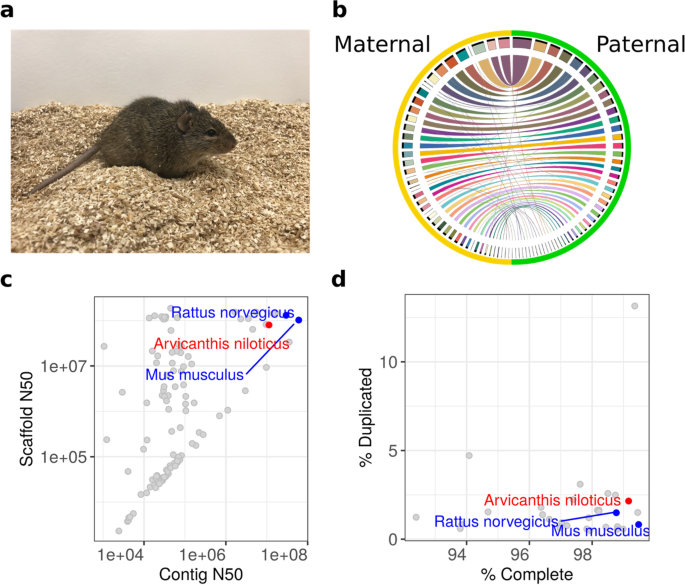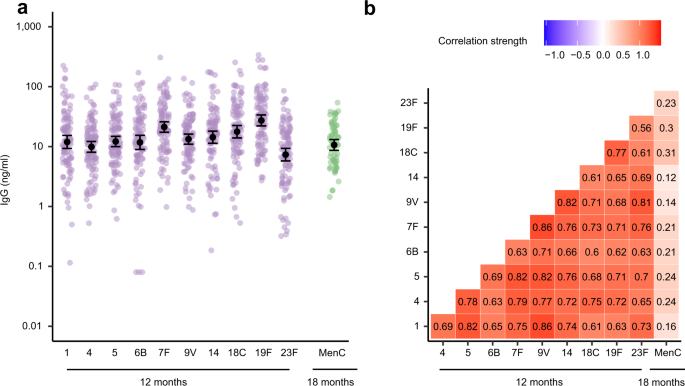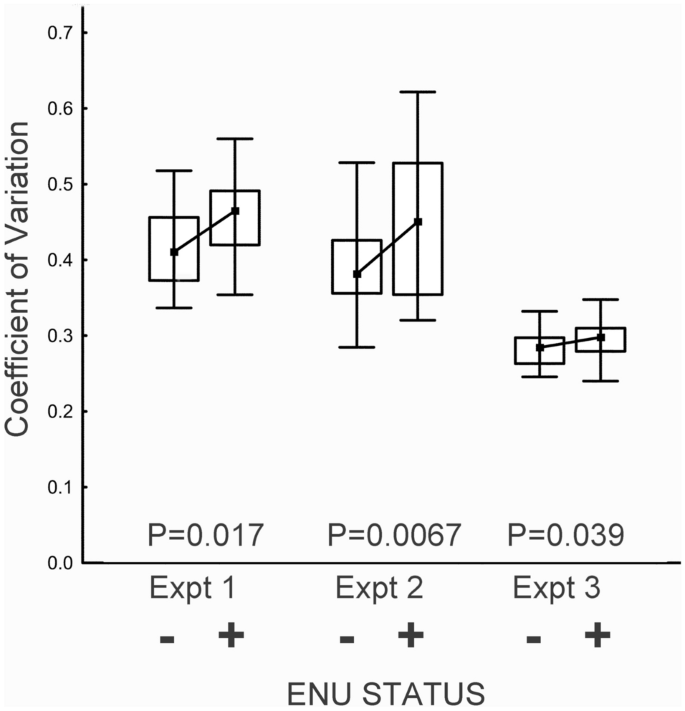ナイルラットの基準ゲノムを初めて作成 Researchers assemble the first reference genome for the Nile rat
2022-11-15 カリフォルニア大学サンタバーバラ校(UCSB)
研究者によれば、日内リズムの乱れに関連する2型糖尿病や神経障害の研究に役立つことが期待されるという。ナイルラットは食事誘発性糖尿病になりやすく、齧歯類では珍しい明確な日周パターンを示す。
ここ数十年の間に、ナイルラットが、2型糖尿病のモデルとしての可能性を持つようになった。サハラ以南のアフリカの草原に生息するこのネズミは、都会に住むネズミとは異なり、高繊維質・低炭水化物の食事で生活しており、人間に近い高炭水化物食にすでに適応している可能性があるのである。その結果、実験用の餌はナイルラットにとって高カロリーであり、人間と同じように食事誘発性糖尿病を自然に発症することが判明した。
ナイルラットのゲノムと実験用マウスのゲノムを比較して気づいたことは、ナイルラットではアミラーゼという糖質処理酵素をコードする遺伝子のコピーが少なく、高デンプン食に適応していないことを反映している可能性がある。
<関連情報>
- https://www.news.ucsb.edu/2022/020773/better-model-type-2-diabetes
- https://bmcbiol.biomedcentral.com/articles/10.1186/s12915-022-01427-8
ナイルラットのハプロタイプ解析によるゲノムアセンブリで糖尿病の遺伝的基盤の探索が容易になった A haplotype-resolved genome assembly of the Nile rat facilitates exploration of the genetic basis of diabetes
Huishi Toh,Chentao Yang,Giulio Formenti,Kalpana Raja,Lily Yan,Alan Tracey,William Chow,Kerstin Howe,Lucie A. Bergeron,Guojie Zhang,Bettina Haase,Jacquelyn Mountcastle,Olivier Fedrigo,John Fogg,Bogdan Kirilenko,Chetan Munegowda,Michael Hiller,Aashish Jain,Daisuke Kihara,Arang Rhie,Adam M. Phillippy,Scott A. Swanson,Peng Jiang,Dennis O. Clegg,Erich D. Jarvis,James A. Thomson,Ron Stewart,Mark J. P. Chaisson & Yury V. Bukhman
BMC Biology Published:08 November 2022
DOI:https://doi.org/10.1186/s12915-022-01427-8

Abstract
Background
The Nile rat (Avicanthis niloticus) is an important animal model because of its robust diurnal rhythm, a cone-rich retina, and a propensity to develop diet-induced diabetes without chemical or genetic modifications. A closer similarity to humans in these aspects, compared to the widely used Mus musculus and Rattus norvegicus models, holds the promise of better translation of research findings to the clinic.
Results
We report a 2.5 Gb, chromosome-level reference genome assembly with fully resolved parental haplotypes, generated with the Vertebrate Genomes Project (VGP). The assembly is highly contiguous, with contig N50 of 11.1 Mb, scaffold N50 of 83 Mb, and 95.2% of the sequence assigned to chromosomes. We used a novel workflow to identify 3613 segmental duplications and quantify duplicated genes. Comparative analyses revealed unique genomic features of the Nile rat, including some that affect genes associated with type 2 diabetes and metabolic dysfunctions. We discuss 14 genes that are heterozygous in the Nile rat or highly diverged from the house mouse.
Conclusions
Our findings reflect the exceptional level of genomic resolution present in this assembly, which will greatly expand the potential of the Nile rat as a model organism.


